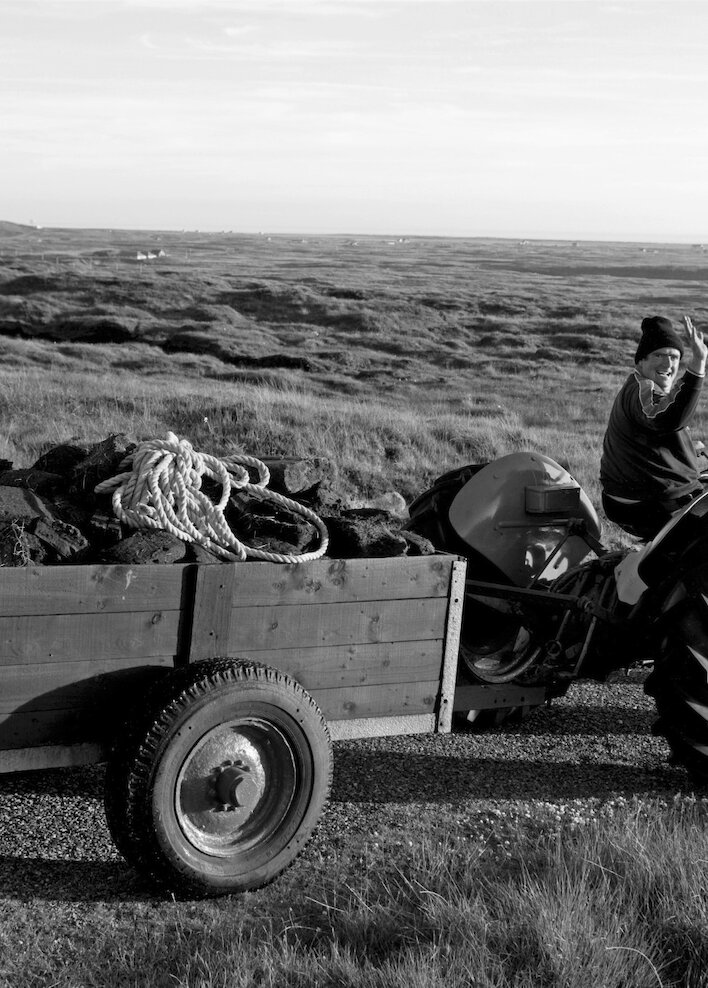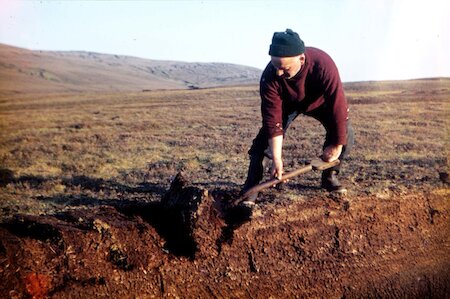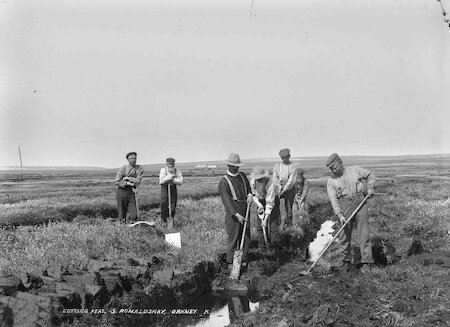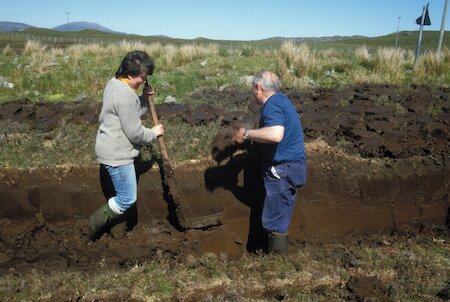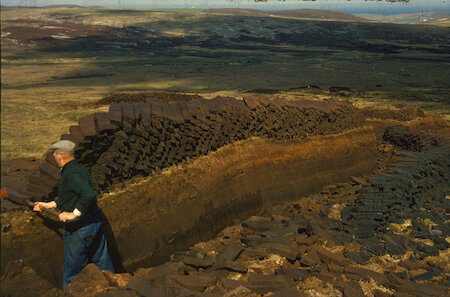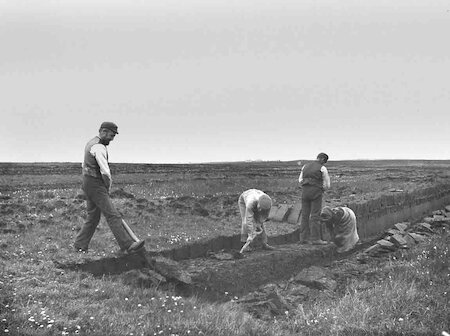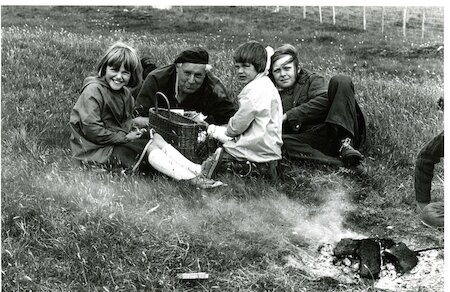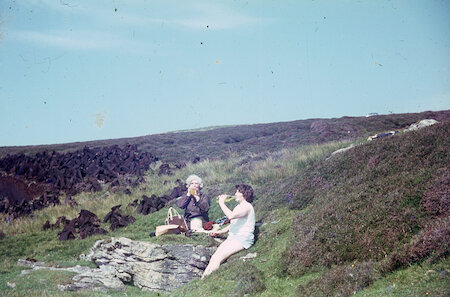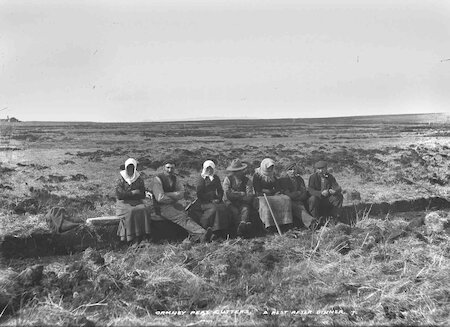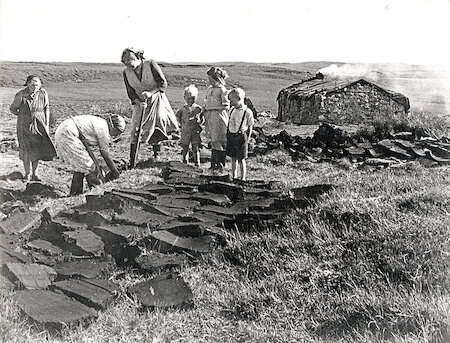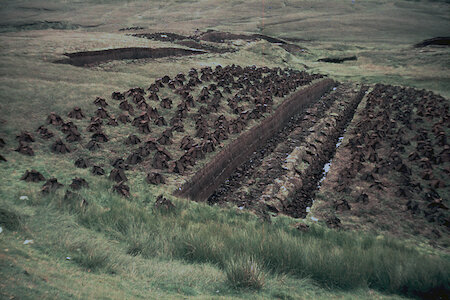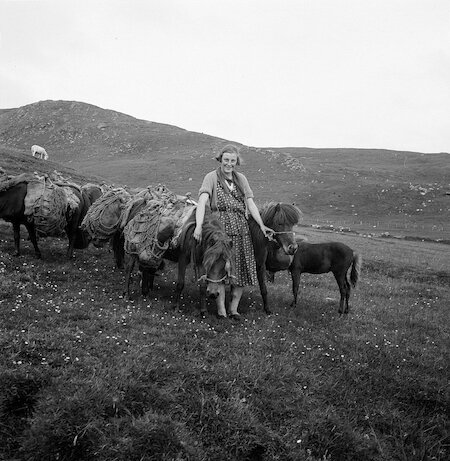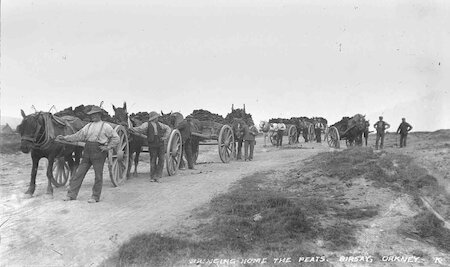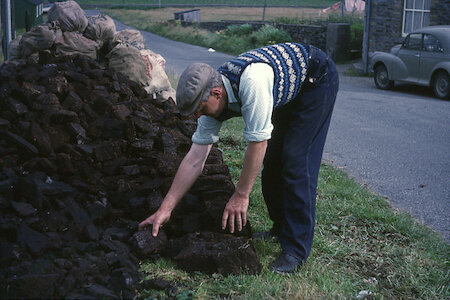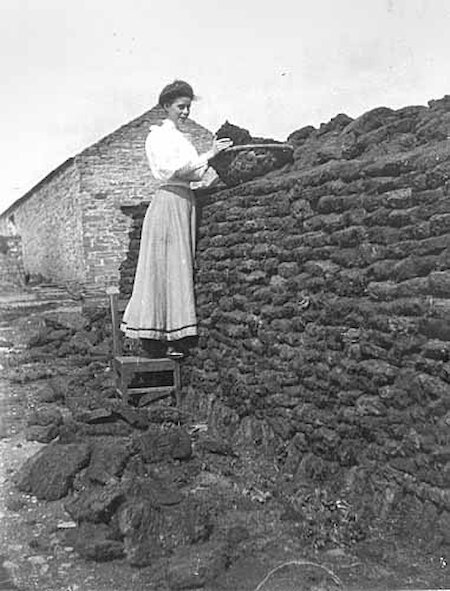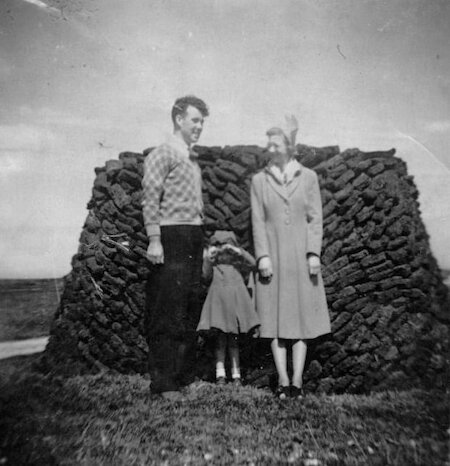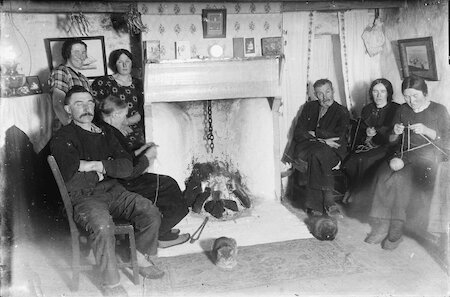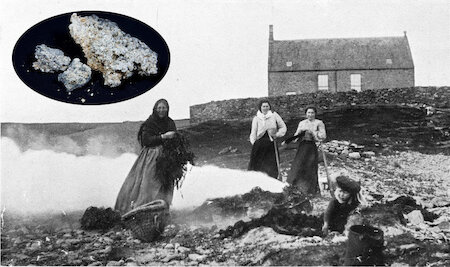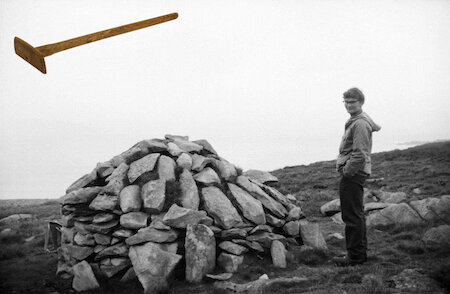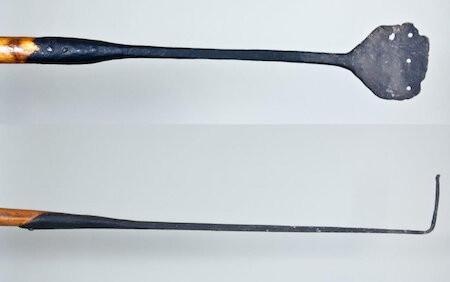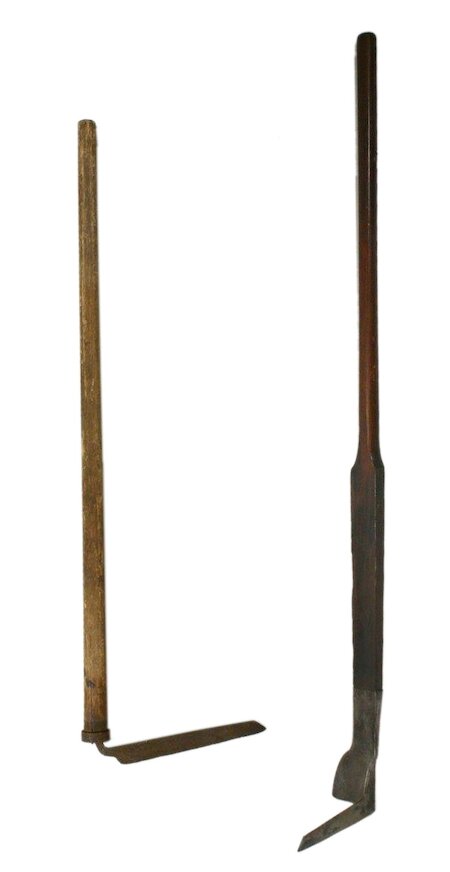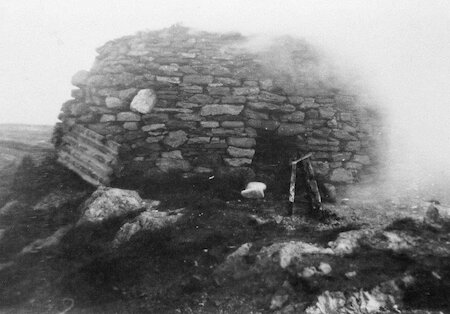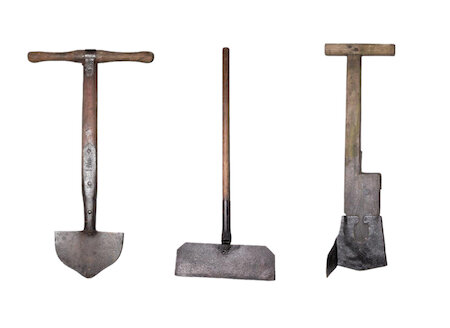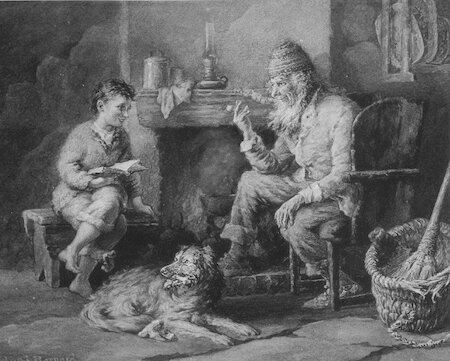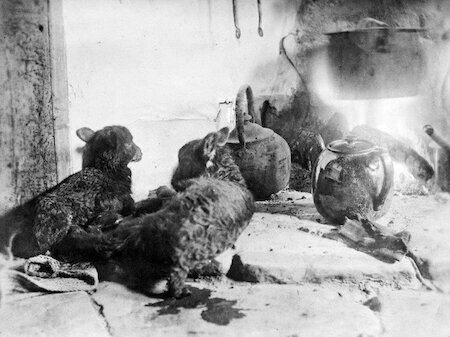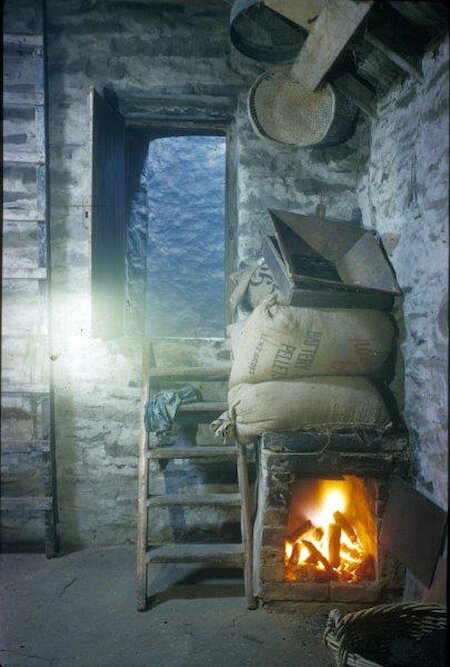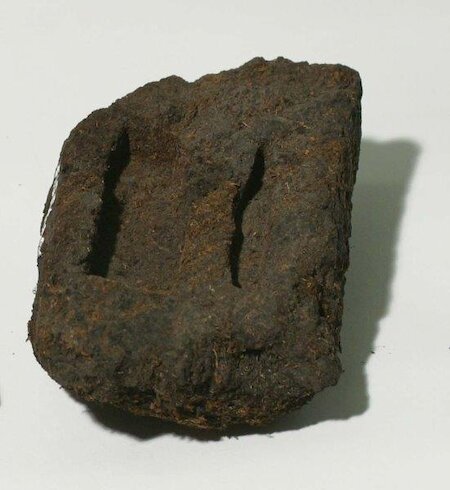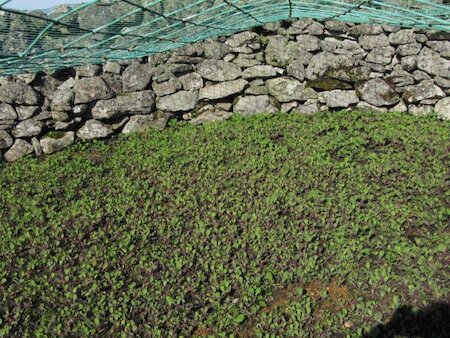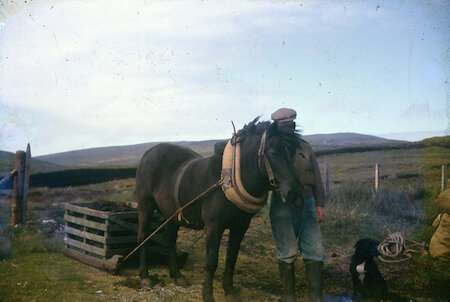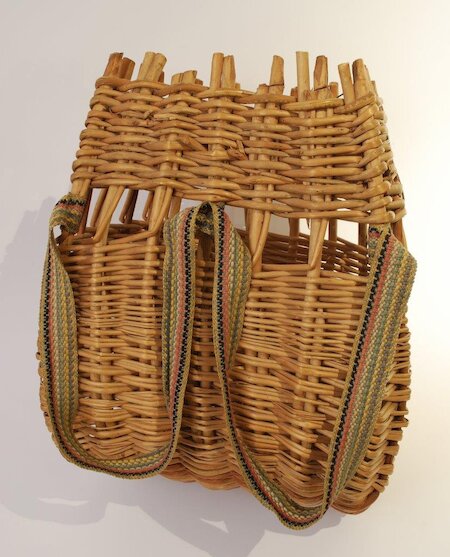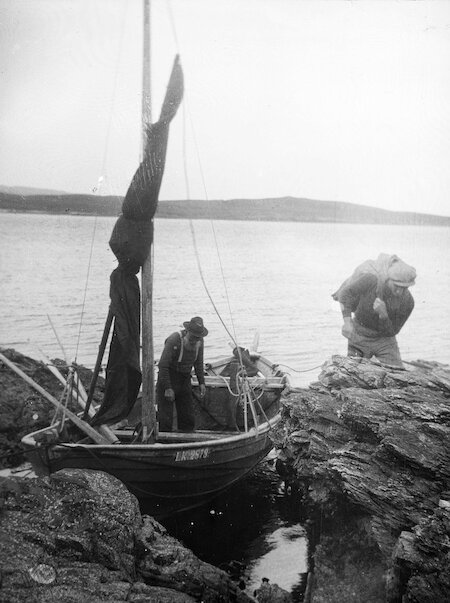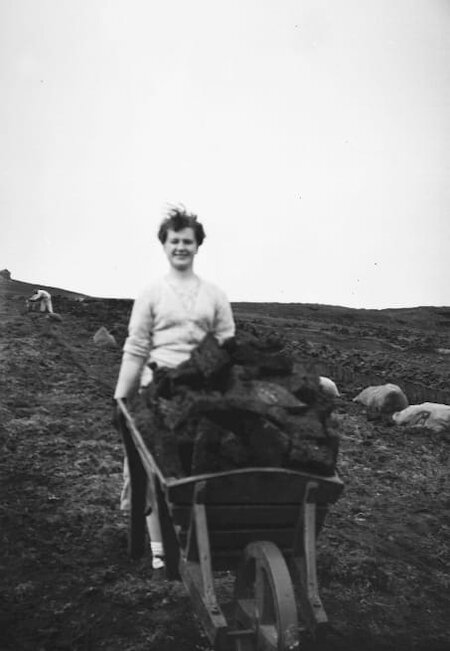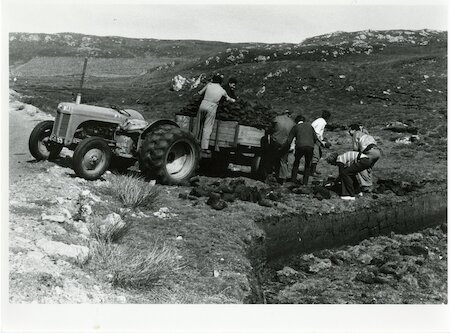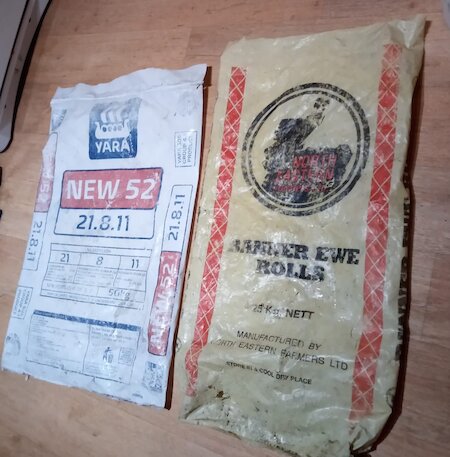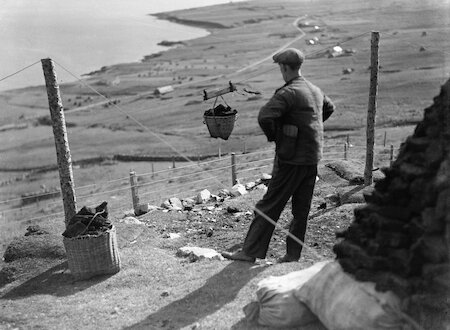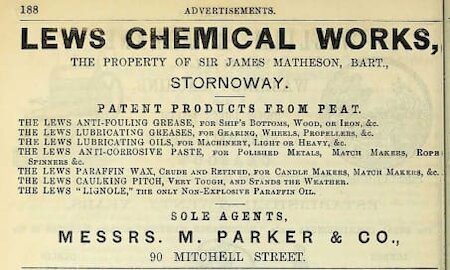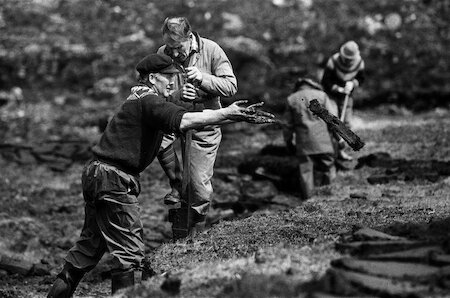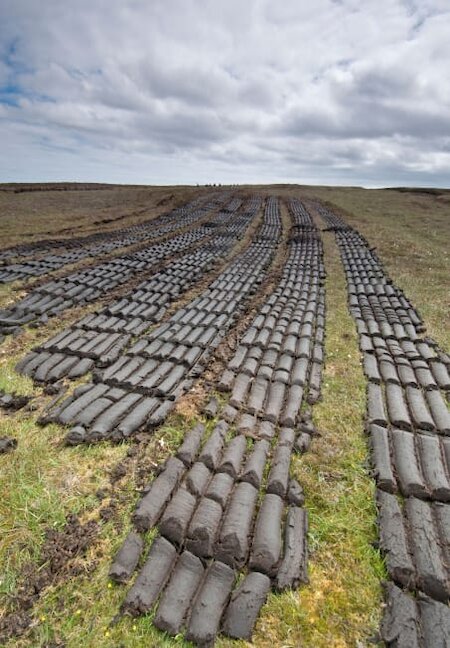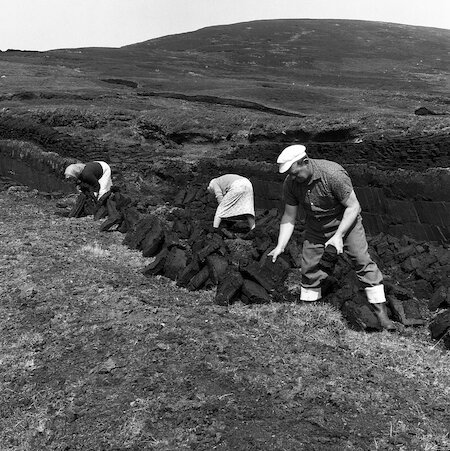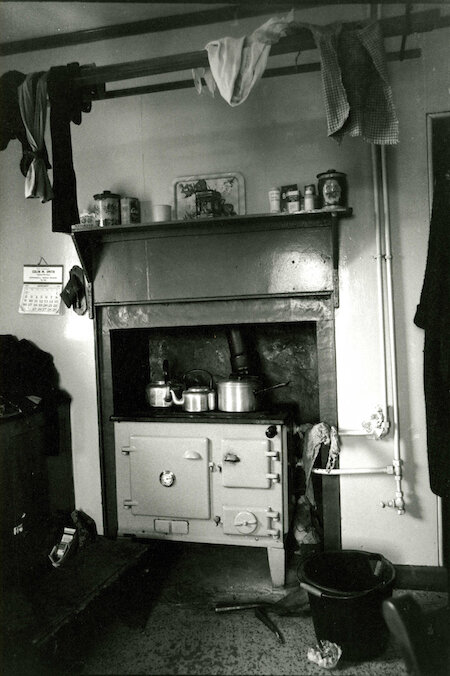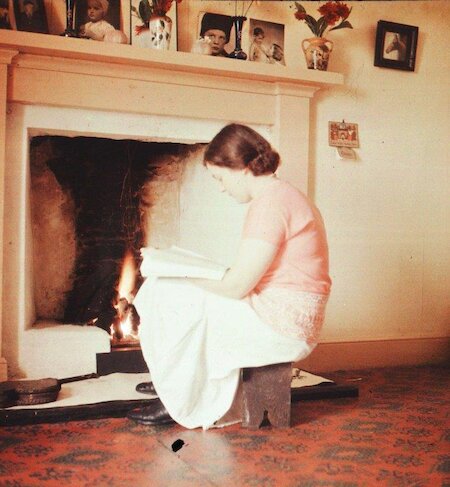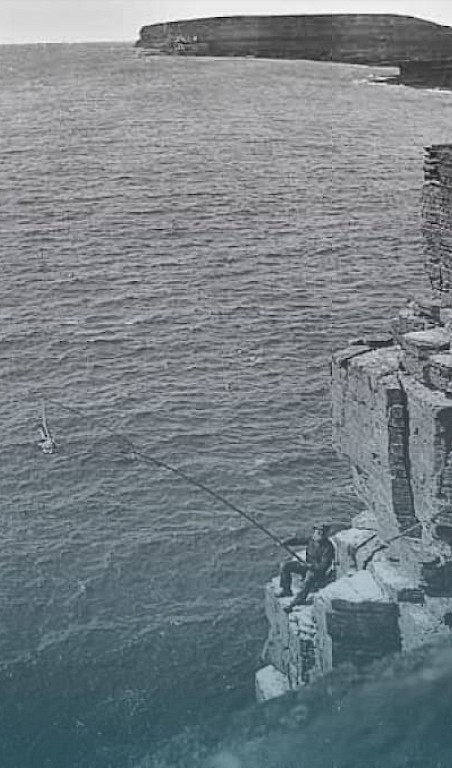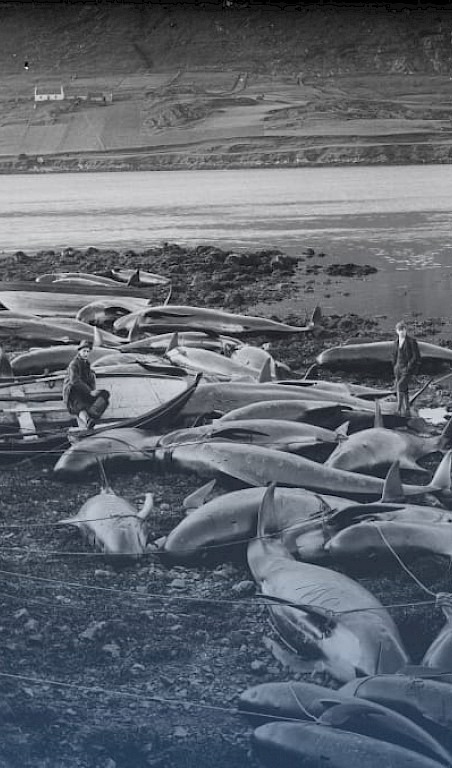Why not burn peats?
Peat was essential for life. People used peats in their homes for heating and cooking, and they smoked meat and dried grain with it. Peat was made into coke for forging iron. Peat dust made byre litter for cattle, and its ash was used on kale, for marking sheep, and in stonemasonry.
It was scarce in some districts. Peat covers Shetland, and most of the Hebrides, especially northern Lewis. There’s less in Orkney, with plenty in Rousay, eastern Mainland, and Hoy. Skerries folk boated their peats from Whalsay, whereas North Ronaldsay and Sanday people burnt cow dung instead. The inhabitants of Heiskir also burnt dung, plus straw, and they preferred bread cooked over dried kelp.
Production was similar across the islands. Turf was removed and the peats cut and laid out. Peats were turned and heaped as they dried, then transported home, where they were stacked.
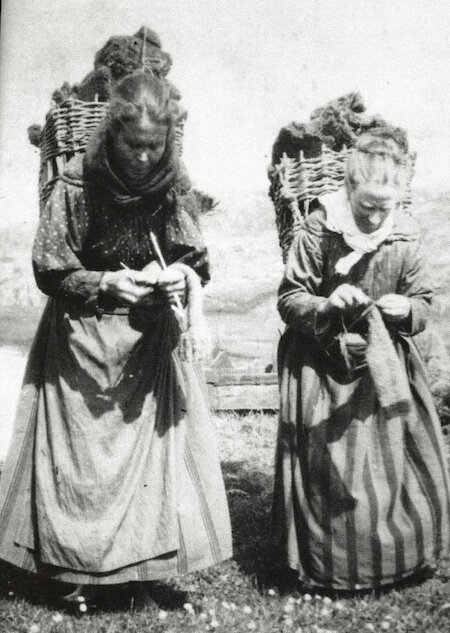
Farmers ferried home their peats depending on the terrain. The commonest method, used in every district of all three islands was a basket carried on the back. This was usually women’s toil, and they often knitted at the same time. Few people worked so intensively as these Hebrideans of the 19th century.
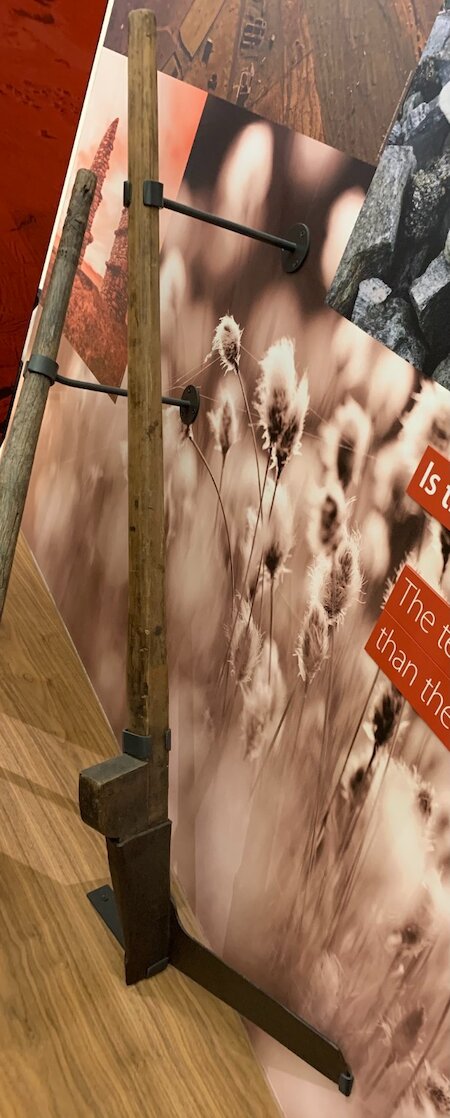
The culture of the Northern and Western Isles were dissimilar in many ways, but traditional tools show there were many connections also. Shetland’s peat-cutter was much more like this Hebridean tairsgeir than the Orcadian equivalent. Even its name is similar: Lewis Gaelic has many Norse-derived words.
A Timeless Scene...
“Two men can cut and cast in a day peats sufficient for the consumption of their families a whole year”
Hebrides, 1811
“The west end of the island is a most excellent peat moss, which not only supplies most of the inhabitants of Burray, but a good part of South Ronaldsay.”
Burray, 1774
“The peats are of excellent quality, and in great abundance. Fuel convenient also; for the peat banks are in many instances fifty feet from the dwellings of the people. In few instances is it a mile distant. The labour of preparing devolves on females, with the exception of cutting and spreading to dry, which is done by males.”
Lochs, 1833
There’d be ample peat to sustain life for thousands more years if subsistence methods had continued. Working peats has waned, but it declined long before today’s fixation with carbon reduction. The tradition is alive, but fading.
Industry had limited impact from the 1750s onwards, and in all three islands peat fuelled the commercial burning of kelp and production of builders’ lime. Distilleries in the Hebrides and Orkney depended on peat, and Orcadians exported peats to Edinburgh. Most ambitious was the Lewis factory which extracted oil from peats.
Islanders’ lives changed from the 1890s onwards. Townsfolk used imported coal, then most people gradually moved from agriculture. By the late 20th century, improvements meant households used oil or electric central heating, and cooked by electricity or gas. Many still work peats, because buying other fuels is expensive whilst peats are free to work, and there’s a nostalgia appeal.
Whaling and fowling died-out because islanders adopted outsiders’ notions; will peats go the same way?
Audio Story
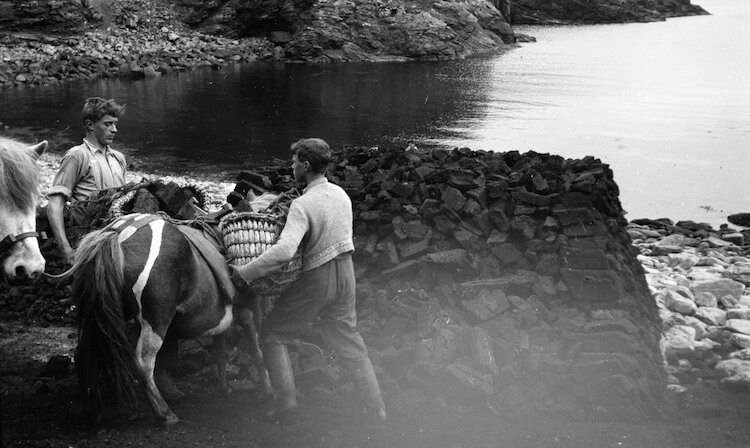
0:00 / 1:47
Jeemsie Laurenson describes packhorse equipment used in flitting peats at Fetlar in the 1930s.
Dr Ali Whiteford tells the unlikely story of the Lewis factory that extracted oil from peats in the 1860s.
The right way to cut peats, Shetland-style: Tammie Thomson in conversation with Lynda Anderson at Sellafirth, Yell.
Image Credits
Our range of images and photography are provided by:
